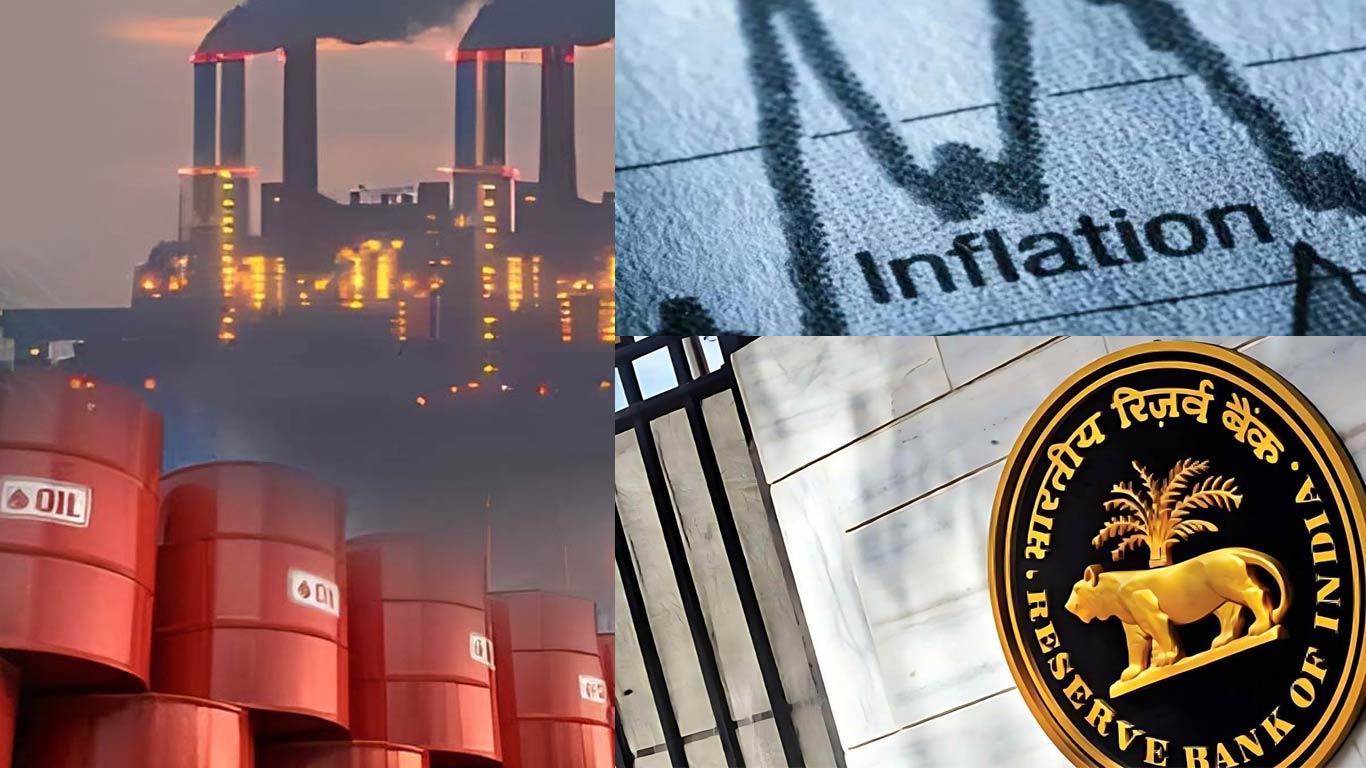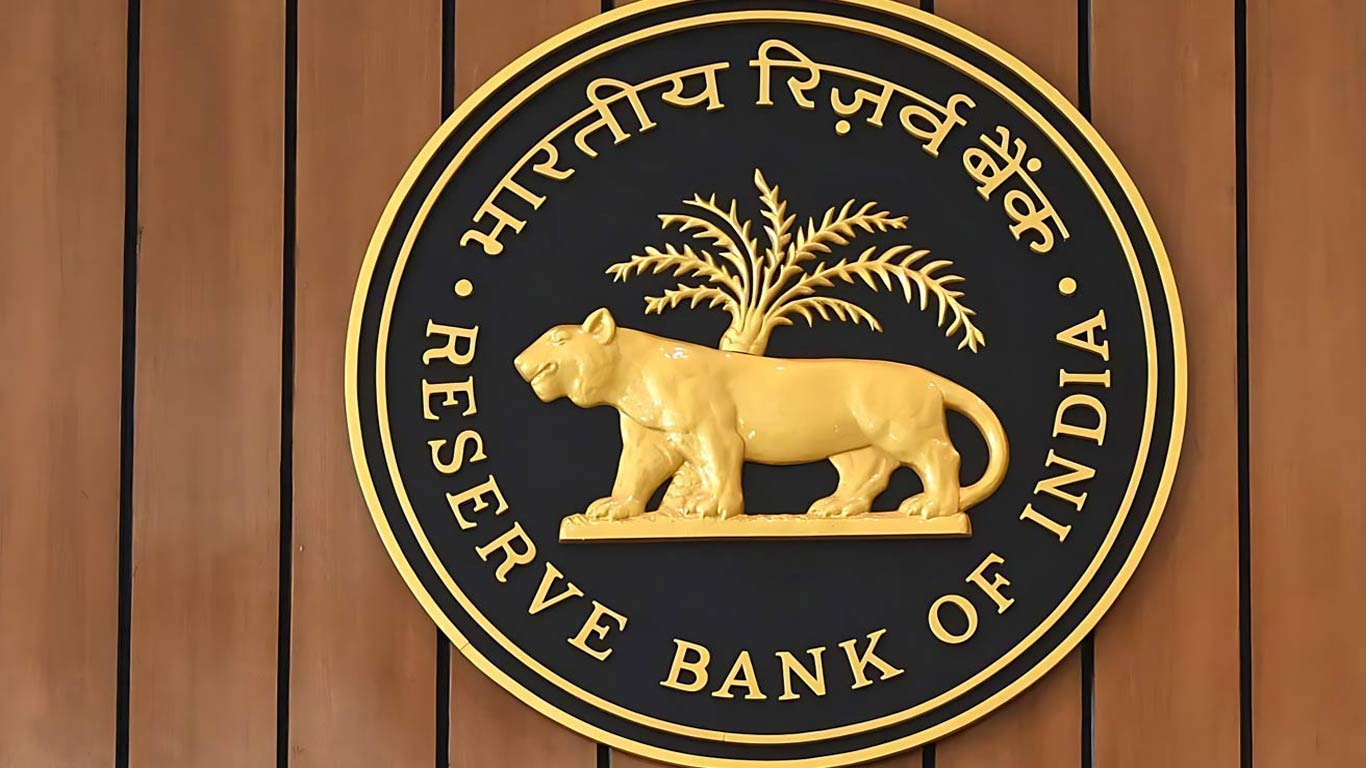GDP of India to touch USD 5 trillion by FY 2026-27: PHD Chamber
Updated: Nov 07, 2020 11:14:58am

GDP of India to touch USD 5 trillion by FY 2026-27: PHD Chamber
New Delhi, Nov 7 (KNN) The economy is going to attain its fastest growth trajectory from the next financial year 2021-22 onwards Sanjay Aggarwal, President, PHD Chamber of Commerce and Industry said in a press statement issued on Saturday.
He appreciated the dynamic reforms undertaken by the Government during the last 7 months to mitigate the daunting impact of pandemic COVID-19 on trade and industry.
According to the recent growth estimates by the International Monetary Fund (IMF), India is projected to become the fastest growing economy among the top 10 major economies in the world economic system from 2021 to 2025.
Sanjay Aggarwal stated that the average GDP growth of Indian economy in next five years from 2021 to 2025 will be at 7.8%, highest as compared with top 10 economies including 6.2% of China, 3% of France, 2.9% of United Kingdom, 2.9% of Canada, 2.4% of United States, 2.3% of Germany, 2.3% of Italy, 2.3% of Brazil and 1.4% of Japan.
The size of the economy will increase from Rs 203 trillion in FY 2019-20 to Rs 331 trillion in FY 2025-26 at current prices, which becomes at around US$ 4.42 trillion considering the exchange rate at 74.9 (average of current fiscal year 2020-21; April-October), he added.
Sanjay Aggarwal said “Percolation of more and more economic reforms at the ground level with effective implementation would be crucial to attain the potential trajectory of US$ 5 trillion in the next 6 financial years by FY 2026-27 (GDP at current prices; considering the exchange rate between 74-75).”
Recently, PHD Chamber on the basis of PHDCCI Economic and Business Momentum (EBM) Index, estimated that the GDP growth will be at around (-) 7.9% for the current financial year 2020-21 as compared with the median forecasts of (-) 9.3% by various national and international forecasting organizations, he said.
At this juncture, demand creation measures are needed to attain a positive growth trajectory sooner rather than later, he added.
Aggarwal said that demand creation along with increased spending on infrastructure will have multiplier effects on the economic growth trajectory by boosting private investments, creating new employment opportunities in the country, generating demand for commodities such as steel, cement and power.
The planned Rs 111 lakh crore investment in the National Infrastructure Pipeline (NIP) has a great potential to boost the GDP growth of the country as correlation between the investment in infrastructure and economic growth is quite high, he said.
Aggarwal stated “For this purpose, the Government can consider raising investment funding through borrowings from overseas markets by issuance of overseas bonds through an SPV that could act as a mega Development Financial Institution- DFI.”
Overseas borrowing at this juncture is a feasible option given the fact that India has significantly better external debt to GDP ratio at 20.6% as compared with 95.2% in USA, 83.5% in Japan, 301.8% in UK, 230% in France and 119.6% in Canada, he said.
It will bring in diversification in the Government borrowings and will significantly reduce the dependency on the domestic market. This will allow leaving more room for private sector to raise capital for investments, he added.
Aggarwal said “We have a large chunk of foreign exchange reserves of USD 555 billion as of October 2020, part monetisation of which could become another way to promote greater infrastructure development in India at a faster pace after due diligence and proper safeguards.”
This will help in enhancing the cost competitiveness and creating a level playing field for domestic businesses enterprises, attracting large chunk of foreign and domestic investments, boosting industrial activities and creating tremendous employment opportunities for the growing young work force in the country, he added.











